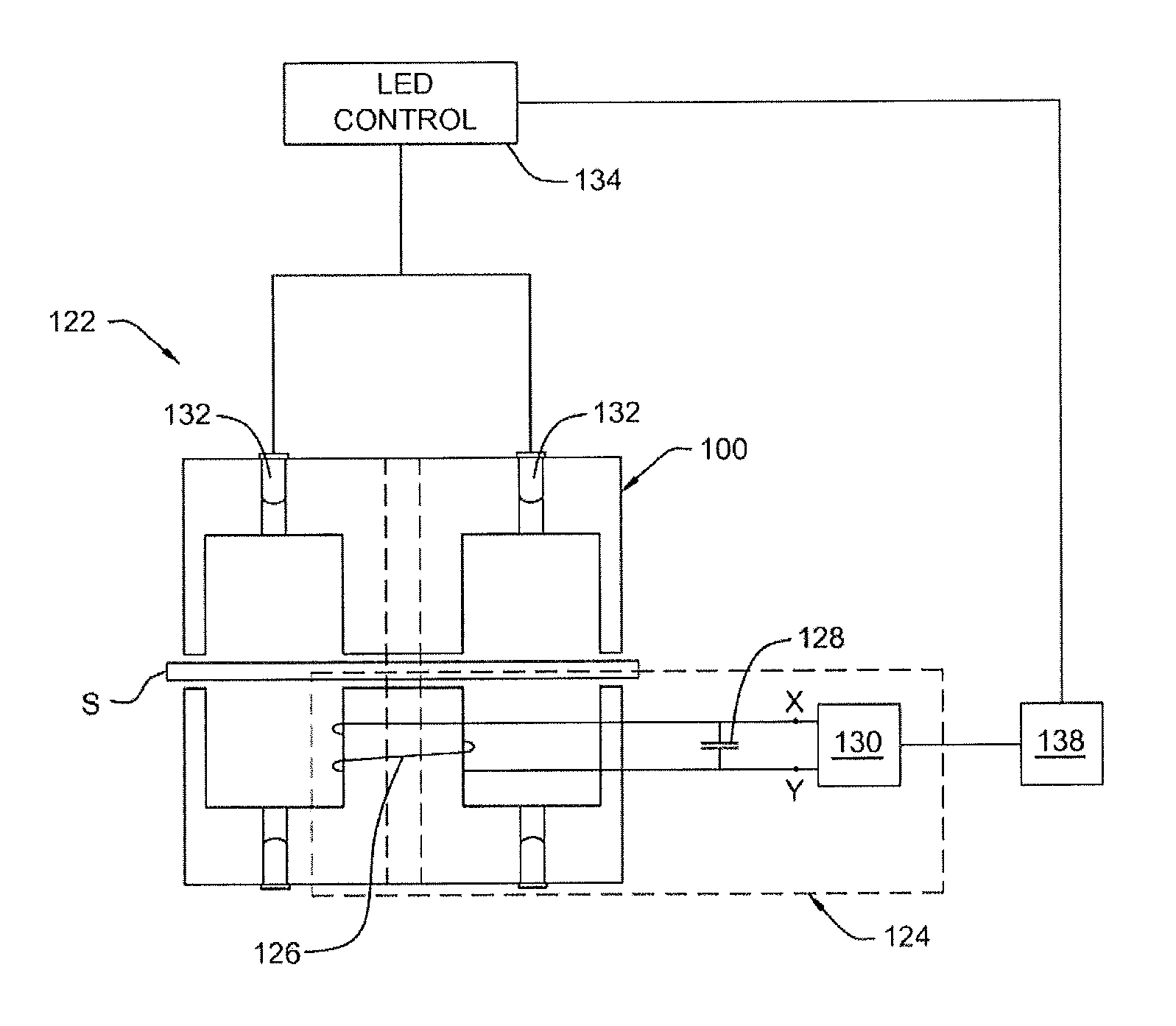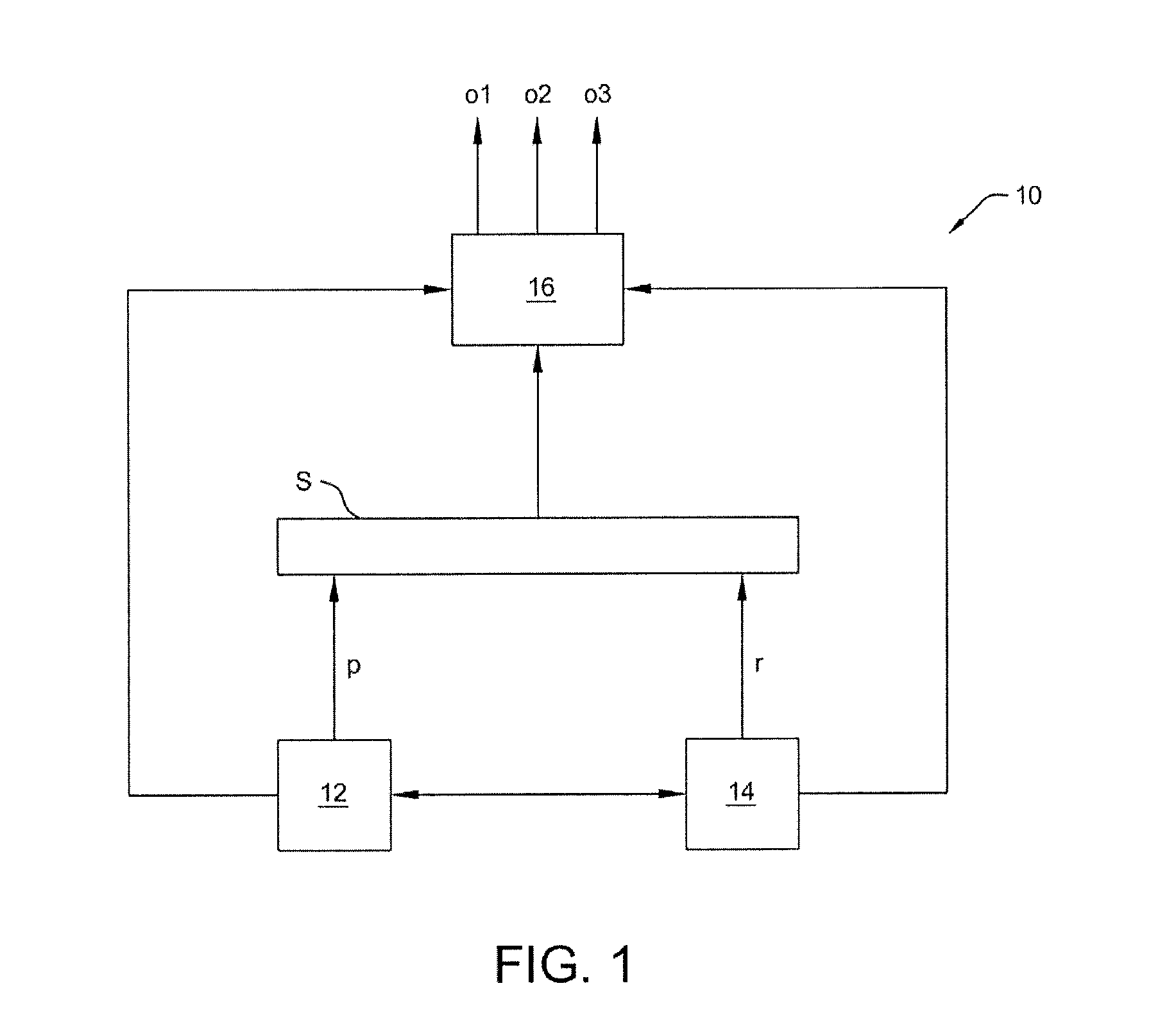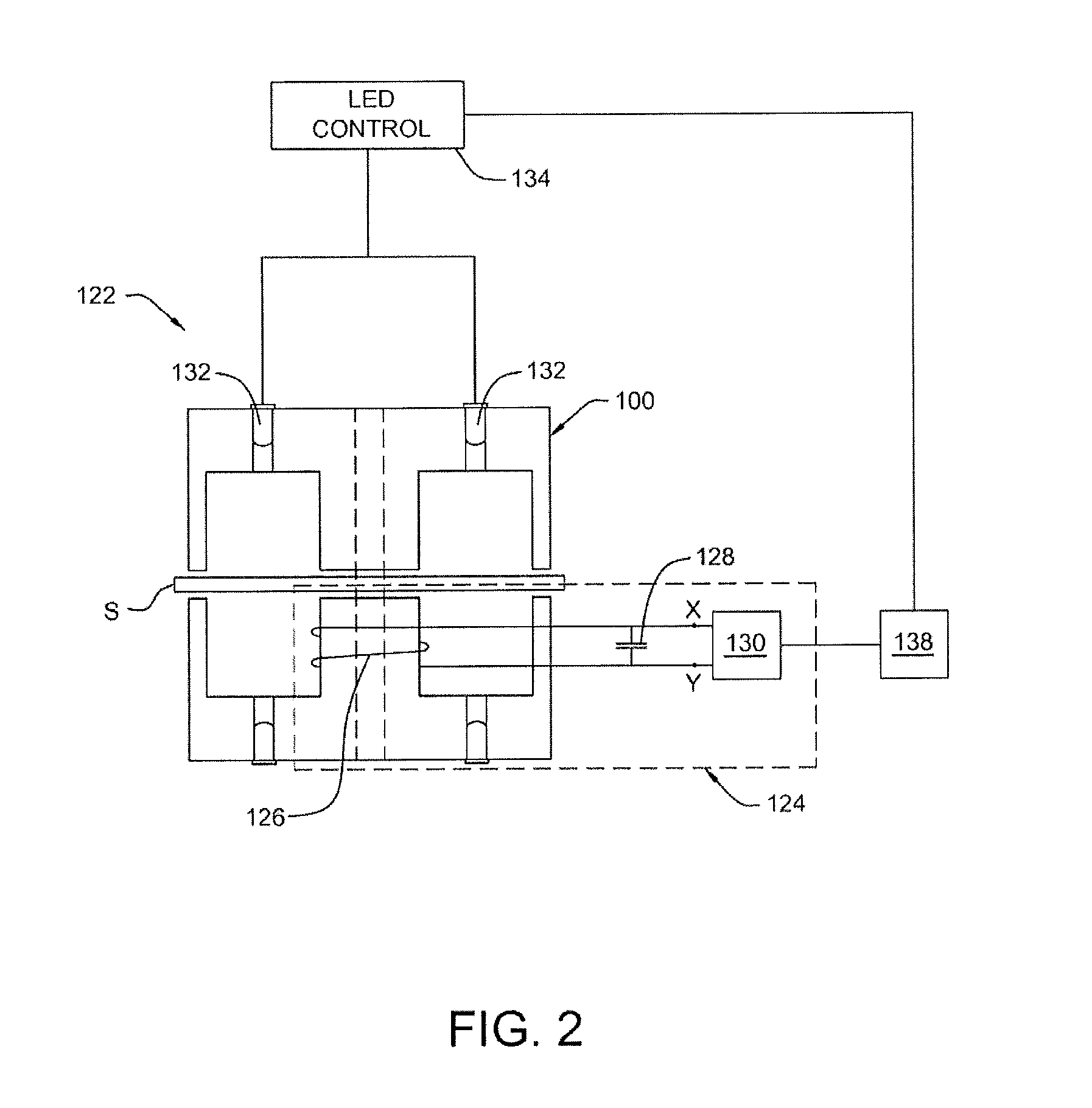Measuring Bulk Lifetime
a technology of bulk lifetime and measurement method, applied in the direction of individual semiconductor device testing, semiconductor/solid-state device testing/measurement, instruments, etc., can solve the problems of time-consuming and expensive each step in the fabrication process, and achieve simple and elegant factory calibration, large dynamic range of measurement, and distinct calibration advantage
- Summary
- Abstract
- Description
- Claims
- Application Information
AI Technical Summary
Benefits of technology
Problems solved by technology
Method used
Image
Examples
Embodiment Construction
[0060]The present invention now will be described more fully hereinafter with reference to the accompanying drawings, in which some, but not all embodiments of the inventions are shown. Indeed, these inventions may be embodied in many different forms and should not be construed as limited to the embodiments set forth herein; rather, these embodiments are provided so that this disclosure will satisfy applicable legal requirements. Like numbers refer to like elements throughout.
[0061]Referring to FIG. 1, therein is shown a schematic diagram of a system 10 for performing minority carrier lifetime measurements in a sample s of semiconductor material (“the sample”), the system being configured in accordance with an example embodiment. The system 10 includes a signal generation module 12 in communication with a radiation source module 14. As will be discussed further below, the signal generation module 12 acts to generate a probe signal p, for example, in the form of an oscillating electr...
PUM
| Property | Measurement | Unit |
|---|---|---|
| penetration depth | aaaaa | aaaaa |
| penetration depth | aaaaa | aaaaa |
| penetration depth | aaaaa | aaaaa |
Abstract
Description
Claims
Application Information
 Login to View More
Login to View More - R&D
- Intellectual Property
- Life Sciences
- Materials
- Tech Scout
- Unparalleled Data Quality
- Higher Quality Content
- 60% Fewer Hallucinations
Browse by: Latest US Patents, China's latest patents, Technical Efficacy Thesaurus, Application Domain, Technology Topic, Popular Technical Reports.
© 2025 PatSnap. All rights reserved.Legal|Privacy policy|Modern Slavery Act Transparency Statement|Sitemap|About US| Contact US: help@patsnap.com



